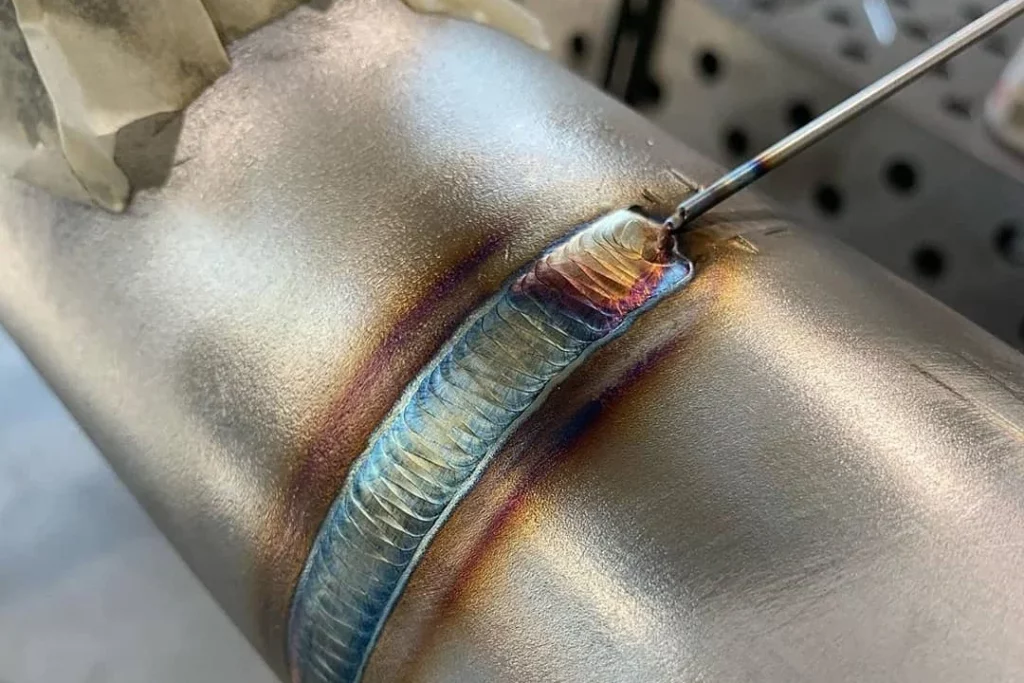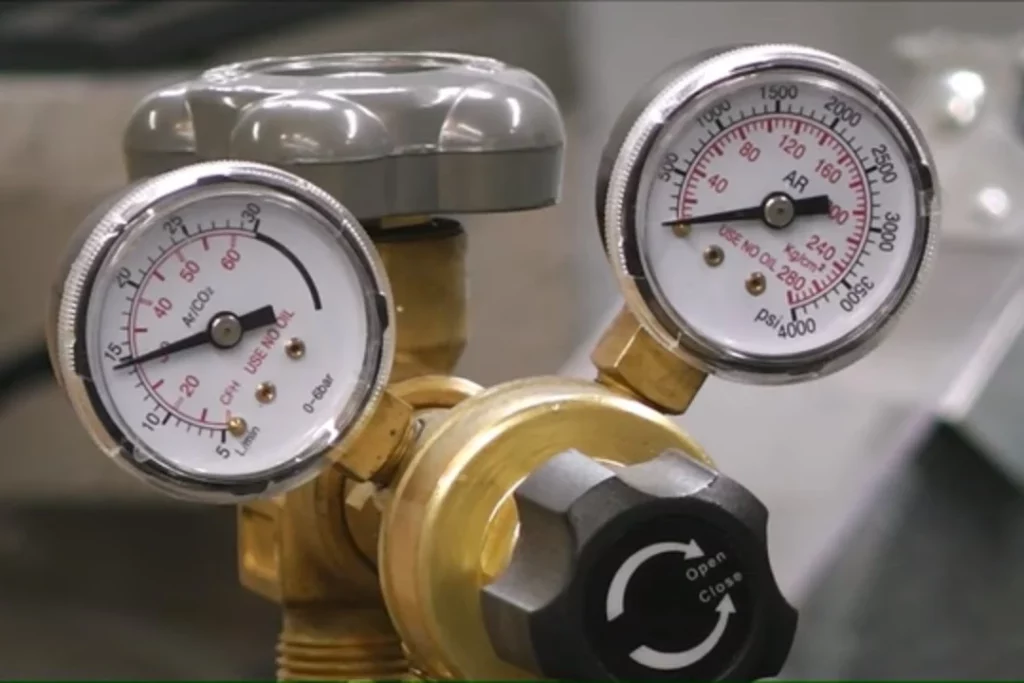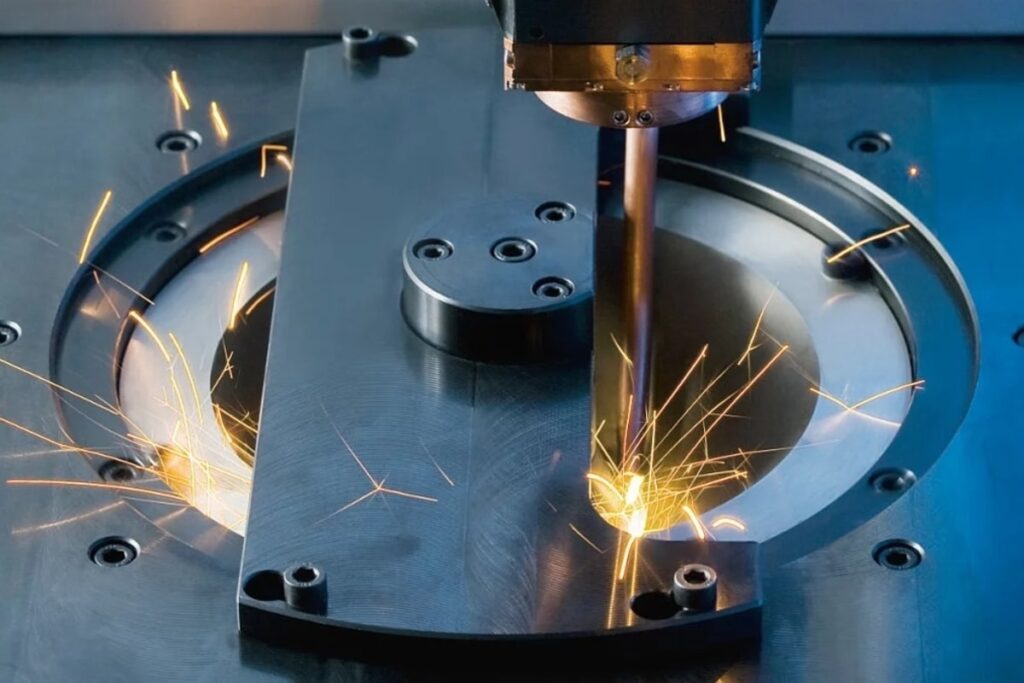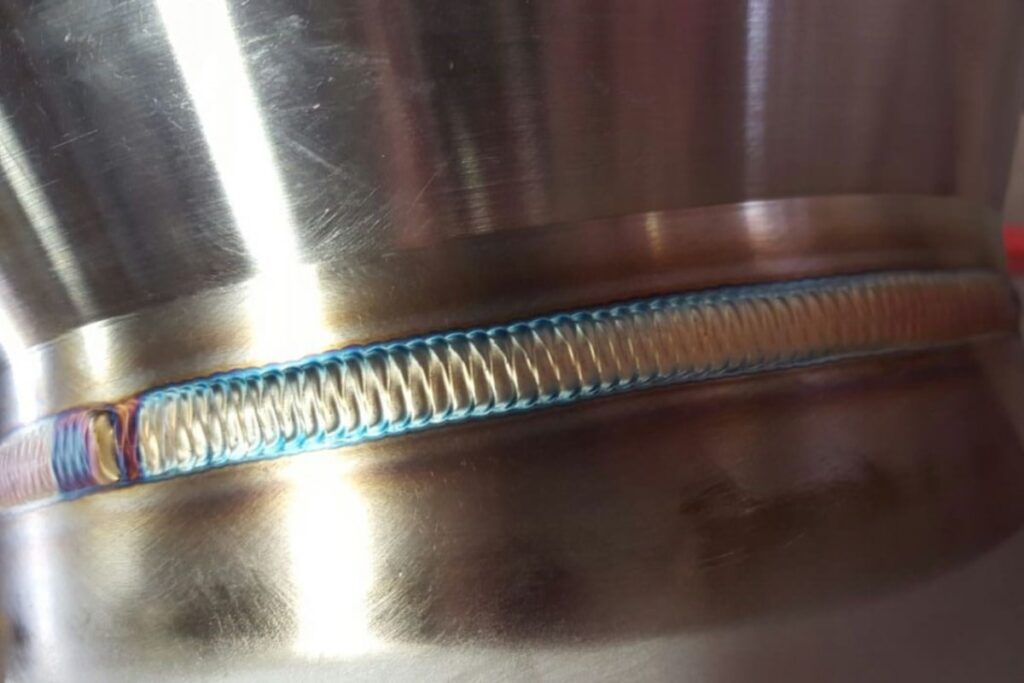When you’re working with metals, it’s always good to know how to make superb TIG (tungsten inert gas) weld joints. You may be amazed at how great this technique is for joining different types of metals together!
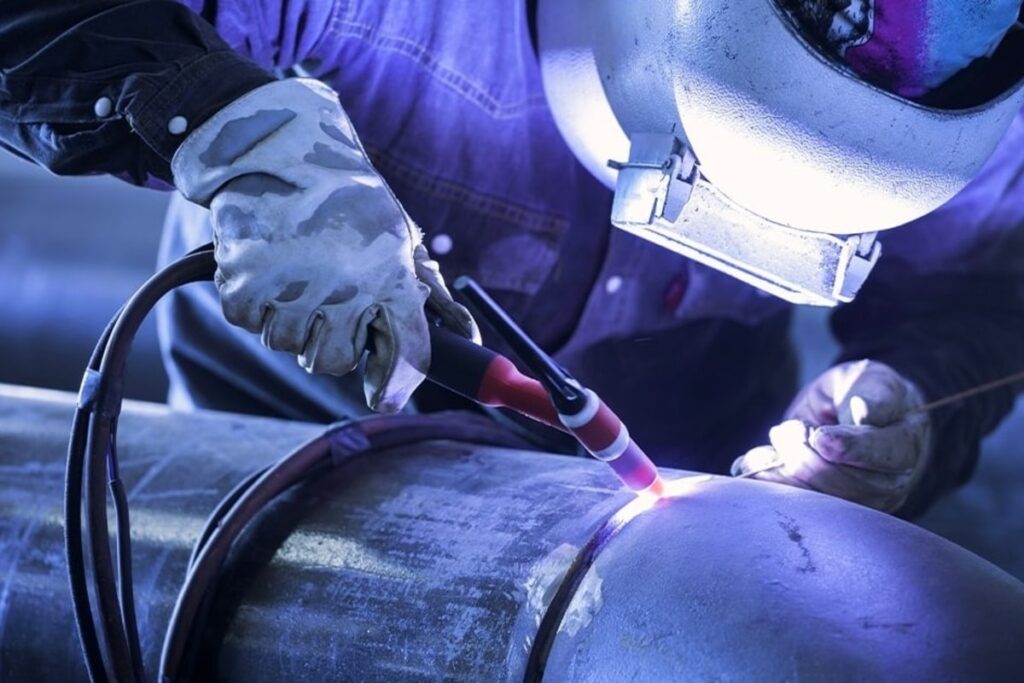
The reason why people like welding is because of its versatility and precision. It allows us to create solid structures that have never existed before. But sometimes we get so excited about the finished products that we overlook some important details.
This article will explain everything there is to know about making stunning yet solid TIG welds for your next project.
So let’s dive right into it.
31 Helpful Tips to Improve Your TIG Welding Skills
There’s always something new to learn about TIG welding because it is so diverse. Thankfully, it doesn’t matter what kind of project it is, what materials are involved, or what specific difficulties you face—the more you know, the better. Here are 31 pointers to improve your TIG welding skills:
1. Choose the Correct Electrode Size and Type
For most applications, you should stick to using either GMAW mode or SAW mode electrodes. In general, the smaller the better. When choosing between them, consider the thickness of the material you intend to weld, since thicker materials require larger diameter rods, whereas thinner ones need smaller diameters.
2. Use High-Quality Argon as a Shielding Gas
Argon provides improved stability during arc transfer, which helps in preventing any changes in current distribution caused by fluctuations in ambient temperature. Additionally, pure argon protects against nitrogen contamination from the atmosphere, which causes the darkening of molten puddles, thus creating discolored blackish-brown patches.
3. Increase Power Output Above 50% Duty Cycle
If possible, increase the power output beyond 50%. The higher output enables more active gases to flow through the torch tip, which results in less time spent in an open circuit condition, thereby reducing the chances of electrical arcing. Also, increasing power reduces the amount of heat input required per pass, thereby minimizing localized heating effects that cause non-uniformity in joint penetration depth.
4. Reduce Peak Currents to 100 Amps Max
With higher power outputs comes an increased generation of reactive species such as nitrogen oxides. These compounds react with carbon present in tungsten, resulting in undesirable deposits within the nozzle and on the surfaces surrounding the joint area. Therefore, reduce the maximum currents to around 100 amps.
5. Maintain Constant Torch Height Throughout the Process
The height of the tungsten rod varies depending on the rate of feedstock being fed. As a result, the position of the nozzle also shifts up and down with respect to the surface being worked. Keeping the nozzle level ensures consistent penetration depths.
6. Keep Proper Gap Distance Between the Two Consumables
Gap distance plays an essential role in determining whether a particular spot gets colored. Too small a gap leads to excessive evaporation of flux, which leads to poor bead formation. whereas too large a gap hinders the free movement of electrons and increases the probability of electrical breakdown. Hence, maintain proper gap distances to ensure uniform performance.
7. Be Careful About Overloading the Torch Head
Excessive loadings cause overheating and premature burnout of the tungsten cathode, which eventually leads to sputtering of ions out of the cathode and deposition onto other parts of the torch body, thereby contaminating the torch tips. Avoid excess consumption of both argon and electricity whenever possible
8. Check the Voltage Readings Frequently
Proper voltage reading prevents surges of current that would lead to uneven melting of the tungsten wire. Voltage gauges come equipped with digital displays, ensuring faster feedback control of current variations.
9. Take Frequent Breaks to Cool off the Torch Head
Torch heads run hot, especially when using high power settings for extended periods of time. Cooling off every few minutes keeps the torches operational without damaging them permanently.
10. Clean Up Immediately After Each Job
Immediately clean all contaminated surfaces, including the base plate and holder rings, with degreaser solution prior to putting away the equipment. Otherwise, buildups of contaminants could affect future operations adversely.
11. Use Only Fresh Consumable Wires
Wires exposed to moisture for long periods tend to produce lots of hydrogen atoms that form water molecules. Once they dry up, hydrogen atoms bond with oxygen atoms, forming hydroxy radicals that further oxidize nickel and iron components of the tungsten alloy. Eventually, oxide flakes fall off and contaminate the adjacent areas.
12. Always Use a Low-Frequency AC Power Supply
By lowering the operating frequencies, you’ll minimize the production of unwanted side reactions such as plasma ignition and ionization. High-frequency AC discharges generate intense ultraviolet light radiation which produces undesired chemical reactions on various elements of the tungsten and copper alloys used as electrode materials. Lowering the frequency lowers the side reactions significantly.
13. Preheat the Workpiece First
Work pieces must reach their intended fusion temperatures before commencing the actual welding operation. However, preheating does take extra time, but it makes sure no cold part of the workpiece touches the molten pool during the entire process. And finally, don’t forget to turn off the trigger switch once you’ve reached the desired set point.
14. Don’t Touch the Molten Pool Directly
While cleaning up, keep your fingers well clear of the molten pool. Touching the molten metal with bare hands or anything else can carry serious health risks. Even though the risk of getting injured is very minimal, it still exists and cannot be ignored altogether. Wear appropriate safety gear to protect yourself from burns, cuts, etc.
15. Protect Nearby Objects From Stray Sparks
Sparks generated during TIG welding travel in straight lines and therefore pose little danger unless they happen to hit something inflammable. Nevertheless, it’s advisable to wear protective clothing and eye protection to guard against exposure to flying particles.
16. Switch off the Machine When Not in Use
Most modern machines incorporate automatic shutdown mechanisms, enabling safe shutdowns when the operator leaves the booth. Ensure that these shutdown features are functional and reliable before beginning operations.
17. Regularly Inspect Joints for Defects
Inspect joints for imperfections after the completion of every welding job. Any irregularities detected earlier will help you fix things much more easily later on.
18. Get Regular Maintenance Services
All welding equipment undergoes periodic servicing and repair to provide optimum efficiency and reliability. Have your machine checked regularly by qualified technicians.
19. Follow Manufacturer Recommendations Regarding Usage and Storage
Each brand of tungsten inert gas tool follows specific guidelines for usage and storage. Read manuals thoroughly and follow the recommended procedures accordingly.
20. Never Exceed Service Limits
Electrode tips are rated according to their minimum service rating. Service ratings vary based on the length of continuous operation. Overloaded tool heads shorten the life span of the electrodes and lower overall productivity levels.
21. Replace Worn-Out Consumables Promptly
Consumables degrade over time and lose effectiveness. Prompt replacement ensures optimal utilization of expensive tools and maximizes production rates.
22. Perform Routine Checks and Preventive Maintenance
Periodic check-ups enable early detection of problems and timely repairs. Routine inspections include thorough visual examinations followed by testing of critical functions manually.
23. Use Anti-static Mats/Ground Straps
Static charges accumulated on human bodies or conductive objects can seriously damage sensitive electronics. Anti-static mats or grounding straps serve as effective shields against static charge accumulation.
24. Dispose of Waste Safely
Since toxic chemicals are often released during accidents involving flammable or explosive gases, disposal of hazardous waste requires special care. Ideally, dispose of such items via licensed contractors.
25. Install Emergency Cutoff Switches
Emergency cutoff switches automatically cut off the main power source when triggered by abnormal events. Such devices detect abnormalities in several ways, including sudden pressure drops, prolonged overloads, internal fires, smoke detectors going off simultaneously, and others.
26. Purchase New Equipment Only When Absolutely Necessary
Newer models possess superior design characteristics that improve performance and prolong the lifespan of older ones. But new equipment doesn’t guarantee better functionality than old ones. Before investing heavily in newer models, ask experienced professionals to evaluate existing units.
27. Buy Tools From Reputable Manufacturers
Reputable brands offer warranties along with technical support and training programs to help users perform tasks effectively. Buying cheap imports from unknown vendors could endanger lives and property.
28. Consider Buying Reusable Consumables
Some companies sell disposable tungsten rods and tungsten tips that cost upwards of $100 apiece. Reusable consumables cost substantially less yet last longer.
29. Utilize Online Resources to Find Deals
Online shopping sites offer huge discounts on supplies bought in bulk. Apart from great savings, they also facilitate easy tracking of orders and deliveries.
30. Stick to Standard Practices and Processes
Strict adherence to industry standards and best practice protocols guarantees uniformity across multiple jobs. Following established norms saves time and money in the long run.
31. Consult Experts if Needed
Experienced professionals hold extensive knowledge about welding techniques and technologies. Contacting one can save valuable hours of experimentation.
The Bottom Line
Whether you are a beginner or a pro, the goal of becoming really good at your craft can be achieved by improving your skills on a foundation of sound principles. You’ll develop into a truly skilled TIG welder if you master these skills, maintain them sharply, and resist becoming complacent.
Try to avoid getting sidetracked by the newest, greatest thing while you go through the steps that provide you with that strong foundation. Keep your attention on what you are creating.
Also, focus on the small details. It’ll set you apart from other people who are really talented. Once you reach the point where everyone knows you’re incredibly brilliant and makes a point of telling you so.
Darell is a Certified Welding Engineer (CWEng) with over 23 years of expertise in TIG, MIG, MAG, dual flux, and stick welding. He is a senior welding engineer who has a desire to share his experience. Visit unwelded.com and join Darell as well as other welding enthusiasts in obtaining fabrication knowledge, amazing welding gadgets, and useful welding insights.
